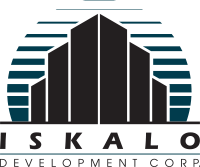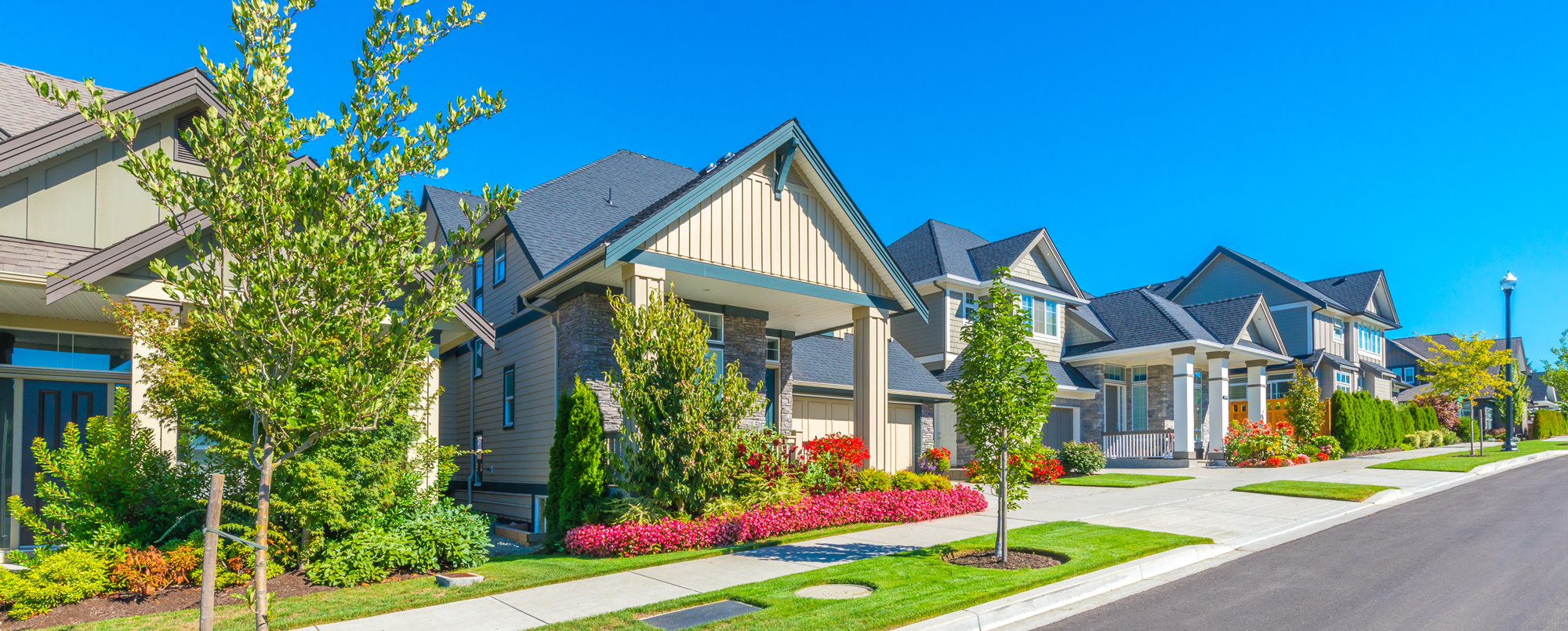In the past decade, the single family rental market has been the fastest-growing segment of the housing market. More recently, a year-long pandemic has triggered a dramatic spike in single family rental growth. According to a JBREC and NRHC survey, the market hit an all-time high of 90 in the first quarter of 2021, up from 62 in the first quarter of 2020. What’s the reasoning behind these single family rental statistics?
Growth Fueled by the COVID-19 Pandemic
The COVID-19 pandemic brought disruption to many aspects of the real estate market, raising issues of rising prices and cost of living. While many have been focused on the state of the post-COVID retail real estate market, others have capitalized on the single family rental market.
Large financial institutions and equity firms started eyeing the single family rental market as an asset class after the 2008 financial crisis. Since then, they’ve acquired thousands of single family rental homes. Demand for these homes skyrocketed during the pandemic as many fled crowded cities and apartment buildings. People no longer wanted to share a wall with strangers, but instead wanted a space to call their own.
In addition, the pandemic encouraged many would-be homeowners to jump into the housing market quickly. Housing prices have become out of reach for many house hunters. With rising home costs, more people turned to single family home rentals, triggering a recent boom in development. Last year, there were 50,000 new single family rental homes added to the market, a 66% increase of the average number of new homes built annually over the last decade.
The New American Dream
Rental market statistics show that rental households are typically younger, less affluent and more racially diverse than those who own their own homes. These younger generations are renting longer than older generations.
Millennials are postponing marriage and children and a single family rental home offers them the opportunity to live where they want and travel when they want without taking on the responsibilities of home ownership. Many of them also prefer the personal flexibility and financial independence of renting versus owning a home. People feel more ownership and independence renting a home rather than an apartment, giving single family homes a higher retention rate.
Clayton Wyatt, VP of Business Development at Roofstock, a single-family home marketplace and investment platform, said “It might be that the American dream isn’t owning a home, it is just living in the type of home that provides you with your own personal space. Maybe the American dream going forward will be investing in rental housing to build generational wealth.”

